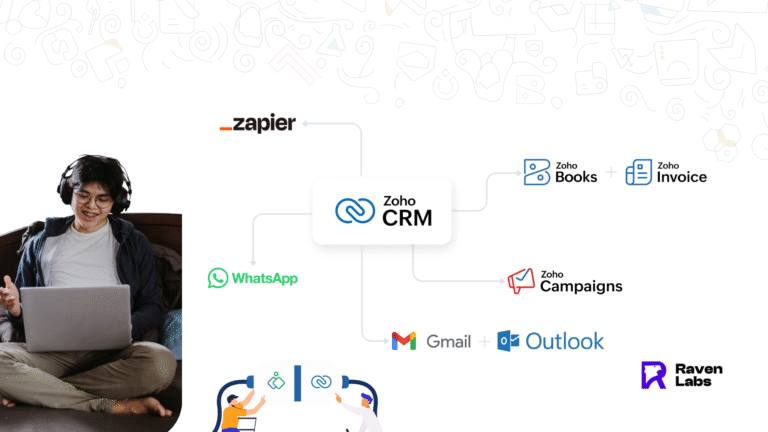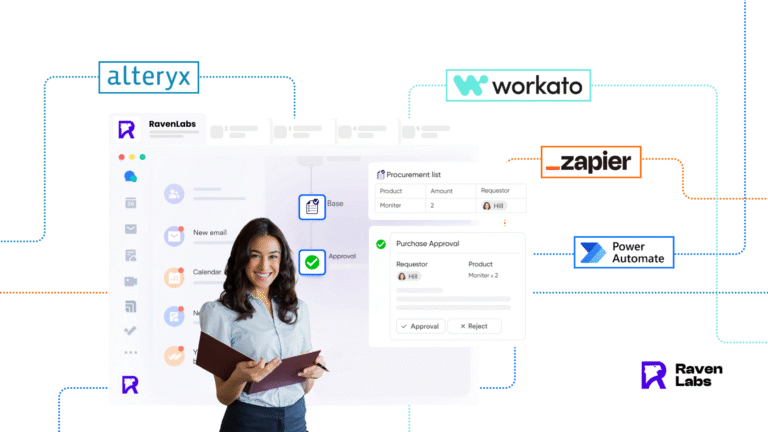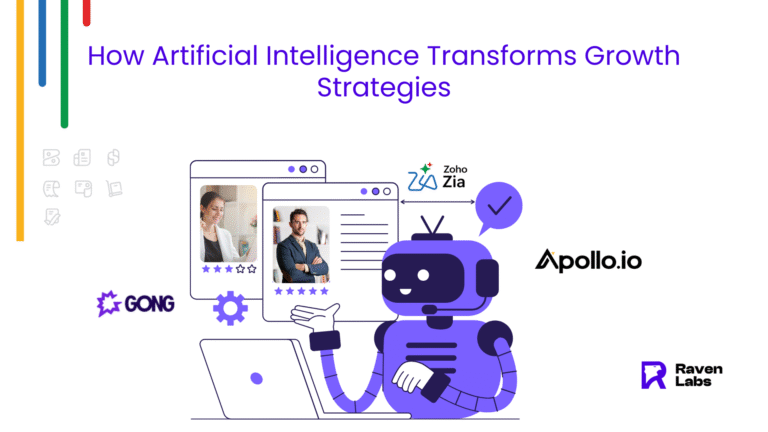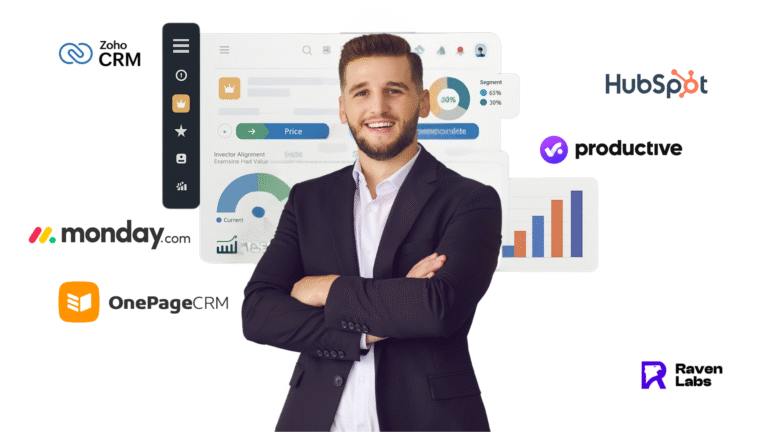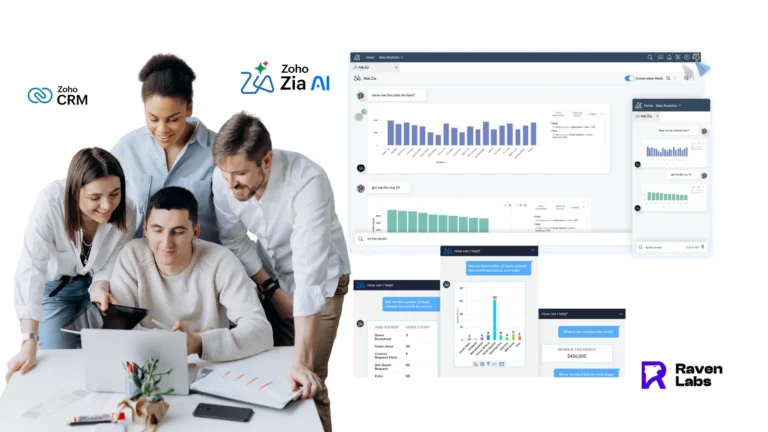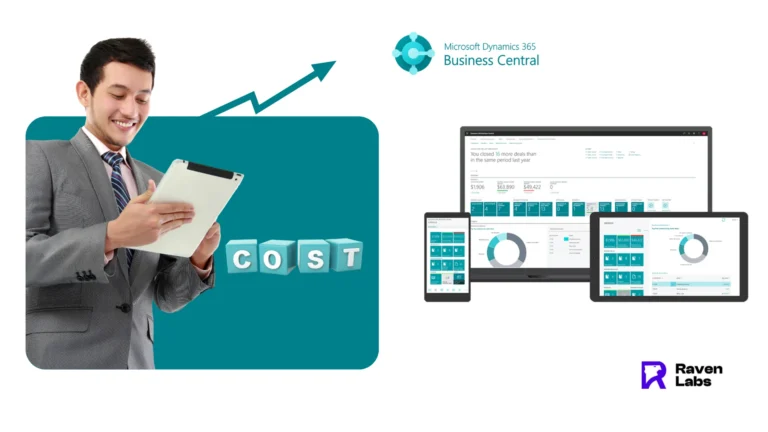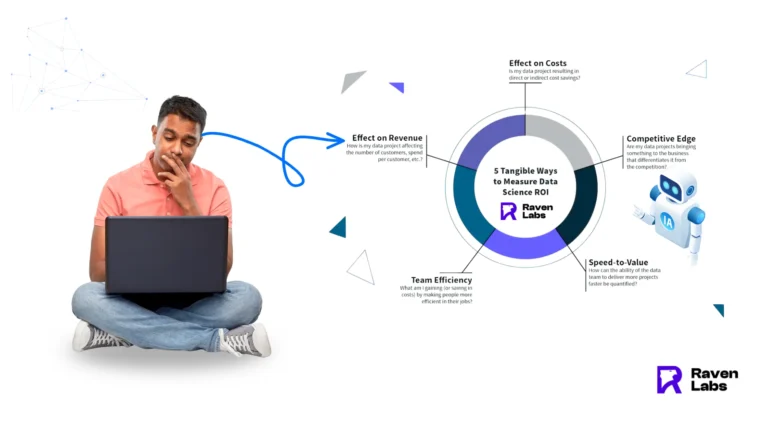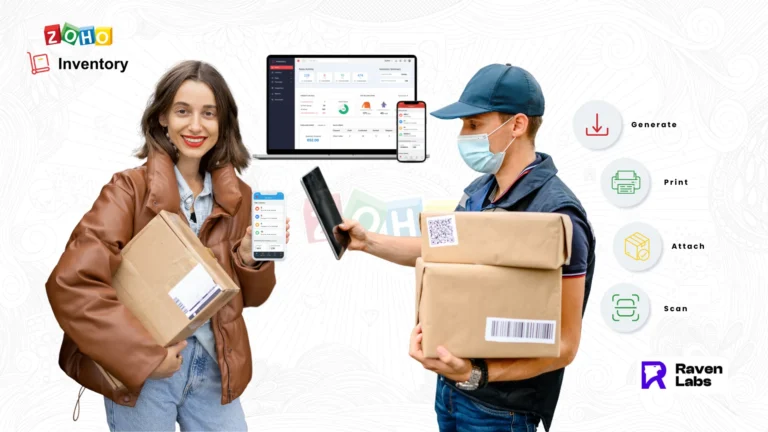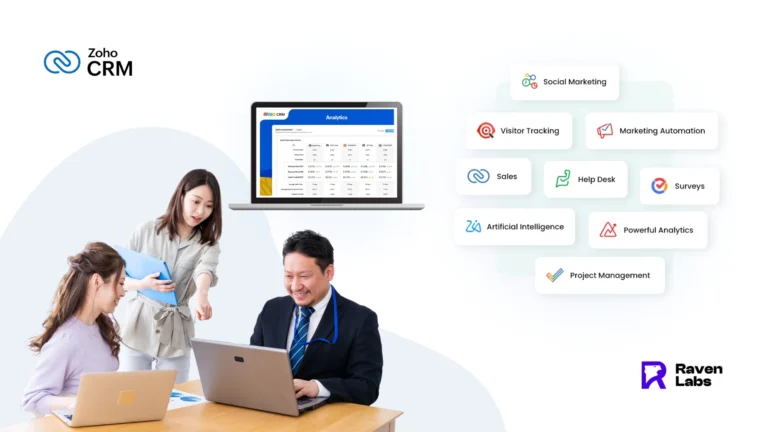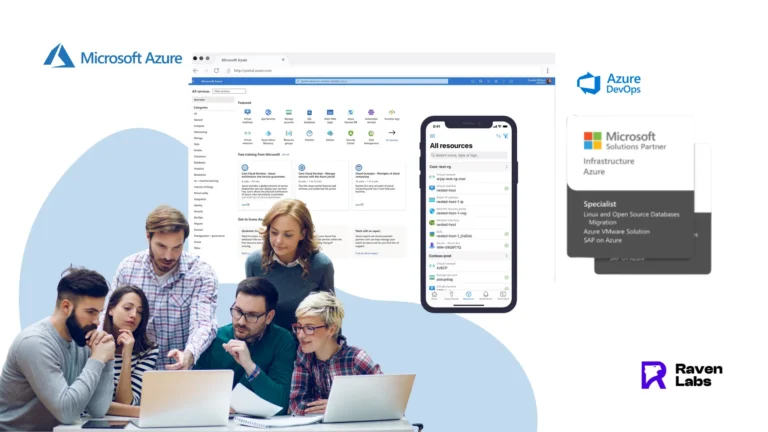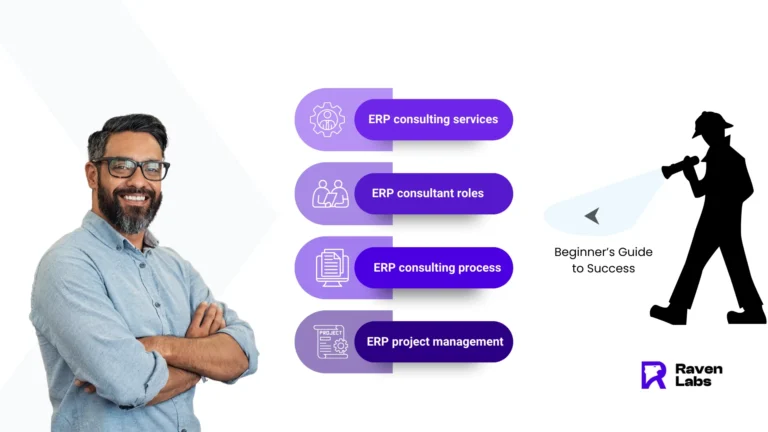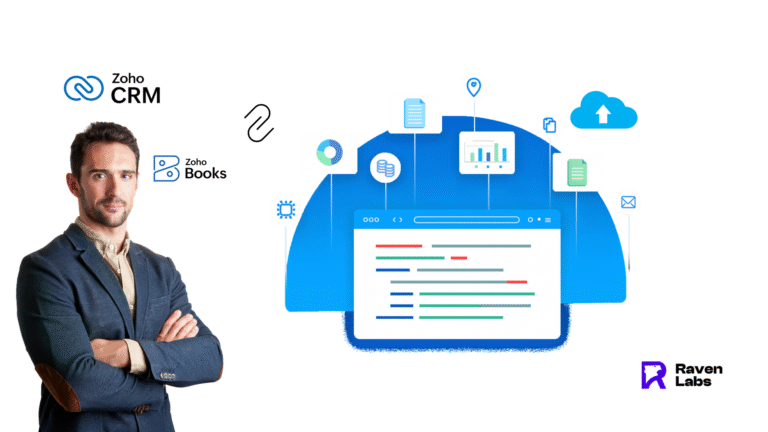
Data Automation Software for Smarter Workflows
Introduction
A staggering 40% of workers spend more than a quarter of their week on repetitive manual tasks like updating spreadsheets, transferring files, or inputting data into multiple systems. This wasted time costs businesses billions annually and slows down decision-making.
That’s where data automation software comes in. By implementing automation of data for routine processes, businesses reduce human error, save hours of work, and unlock real-time insights. Research shows that companies adopting automation tasks tools report 25–35% higher productivity and 30% fewer errors in reporting.
This article breaks down everything you need to know about data automation platforms—why they matter, how they work, the key features, and the best tools available today. Whether you run a small business or a large enterprise, data automation can transform your operations and ROI, driving digital transformation across your organization.
Why Businesses Need Data Automation Software
In today’s data-driven world, businesses are flooded with information. Without proper data automation, teams face:
- Manual duplication – Entering the same data into multiple systems.
- Error-prone processes – Even a single incorrect entry can disrupt workflows.
- Time-consuming tasks – Employees spend hours on low-value activities.
- Disconnected systems – Data stuck in silos prevents accurate insights.
With the right data automation tool, businesses can:
- Automate workflows – Move data seamlessly between apps using app automation.
- Eliminate silos – Integrate CRM, ERP, finance, and analytics systems.
- Ensure accuracy – Minimize manual errors through automated data processing.
- Boost efficiency – Free employees for strategic work.
How Data Automation Software Works
Data automation software connects different business systems and applies rules to move, clean, and update automation data automatically. Typical steps in data processing workflows include:
- Data Collection – Pulling information from multiple sources (CRM, ERP, cloud apps).
- Data Processing – Applying filters, validations, and formatting.
- Data Integration – Syncing with other platforms like accounting, marketing, or HR tools.
- Data Reporting – Delivering real-time insights via dashboards or analytics.
For example, instead of manually updating sales data across spreadsheets and CRMs, a data automation platform instantly syncs the information, saving hours of work and enabling real-time data sync.
Key Benefits of Data Automation Software
- Saves Time: Cuts down hours spent on manual updates.
- Improves Accuracy: Reduces costly human mistakes through intelligent automation.
- Enhances Collaboration: Ensures all teams access the same updated data.
- Scales Easily: Supports growth without increasing manual workload.
- Improves Decision-Making: Provides real-time insights for leadership.
Top Features to Look for in Data Automation Software
When evaluating data automation tools, look for:
- Workflow automation builder – Drag-and-drop setup of processes for intelligent workflow creation.
- Data integration connectors – Pre-built integrations with CRMs, ERPs, and cloud tools.
- Data cleansing functions – Remove duplicates, validate formats, standardize inputs.
- Scalability – Handle large volumes of data as the business grows.
- Security and compliance – Ensure data governance with GDPR/ISO compliance.
- AI-powered insights – Intelligent predictions for business growth using workflow automation AI.
Best Data Automation Software in 2025
Here are some of the most effective tools reshaping businesses today:
- Zapier – Ideal for small businesses connecting apps without coding, offering no-code automation.
- Workato – Enterprise-grade workflow automation solution with strong integrations.
- Alteryx – Powerful analytics automation and data preparation.
- Microsoft Power Automate – Affordable automation across Office and cloud tools, suitable for low-code automation.
- Apache Airflow – Open-source data pipeline automation for technical teams.
- Informatica – Advanced enterprise data integration platform and governance.
Data Automation for Small Businesses
Small businesses often think automation is only for enterprises. In reality, even startups can benefit from business process automation:
- Automating lead capture → Sync website forms with CRM.
- Automating accounting → Integrate invoices with QuickBooks or Xero for financial automation.
- Automating marketing → Trigger email campaigns when customers sign up.
- Automating reporting → Generate weekly dashboards without manual effort.
Affordable tools like Zapier and Power Automate make automation accessible for smaller budgets, offering cloud-based automation solutions.
Challenges of Data Automation Software
While the benefits are clear, businesses should be aware of challenges in implementing intelligent workflow automation:
- Integration complexity – Some systems may need custom coding.
- High initial setup costs – Enterprise tools can be expensive.
- Data quality issues – Poorly maintained data reduces automation effectiveness.
- Change management – Teams must adapt to new automated workflows.
How to Choose the Right Data Automation Software
- Identify repetitive tasks – Map workflows that consume most time for process optimization.
- Set clear goals – Define success (time saved, cost reduced, error rate).
- Pick scalable tools – Choose platforms that grow with your business.
- Evaluate integrations – Ensure compatibility with your current systems.
- Train your team – Adoption is critical for ROI in robotic process automation (RPA).
Conclusion
Data automation software is no longer optional—it’s a necessity for businesses that want to stay competitive. From reducing manual errors to unlocking real-time insights, automation reshapes how companies operate.
Whether you’re a small business streamlining workflows or a large enterprise managing complex pipelines, the right AI automation platform ensures efficiency, accuracy, and growth at scale. By embracing automated data integration and real-time data processing, businesses can achieve true process automation and stay ahead in the rapidly evolving digital landscape.
FAQs
1. What is data automation software?
It’s a tool that automates repetitive data tasks like entry, integration, reporting, and synchronization across multiple systems, often incorporating AI workflow tools for intelligent processing.
2. What are the best data automation tools in 2025?
Zapier, Workato, Alteryx, Microsoft Power Automate, Apache Airflow, and Informatica, each offering unique workflow automation tools.
3. How does data automation help small businesses?
It saves time, reduces costs, and improves accuracy by automating workflows like lead capture, invoicing, and reporting, often through real-time automation.
4. Is data automation software expensive?
Not always. Tools like Zapier and Power Automate are affordable for small businesses, while Alteryx and Informatica suit enterprises looking for comprehensive data automation platforms.
5. What industries benefit from data automation?
Finance, eCommerce, healthcare, consulting, IT, and manufacturing all benefit from streamlined data processes and predictive data analysis enabled by automation.
Schedule a Free Consultation with Raven Labs
Want to automate your data workflows and improve business efficiency? Let Raven Labs guide you in implementing the right data automation software for faster, error-free processes.
Contact us: +61 432 913 392
Email: info@theravenlabs.com
Visit: www.theravenlabs.com
👉 Book Your Free Audit Call Today

